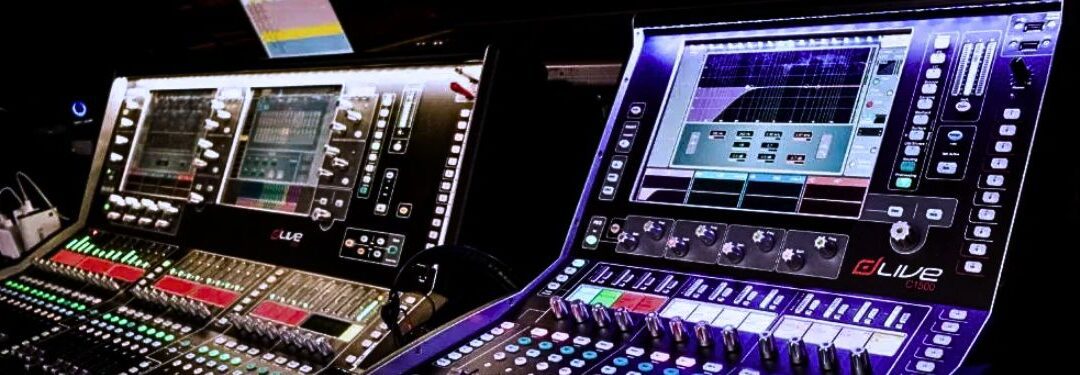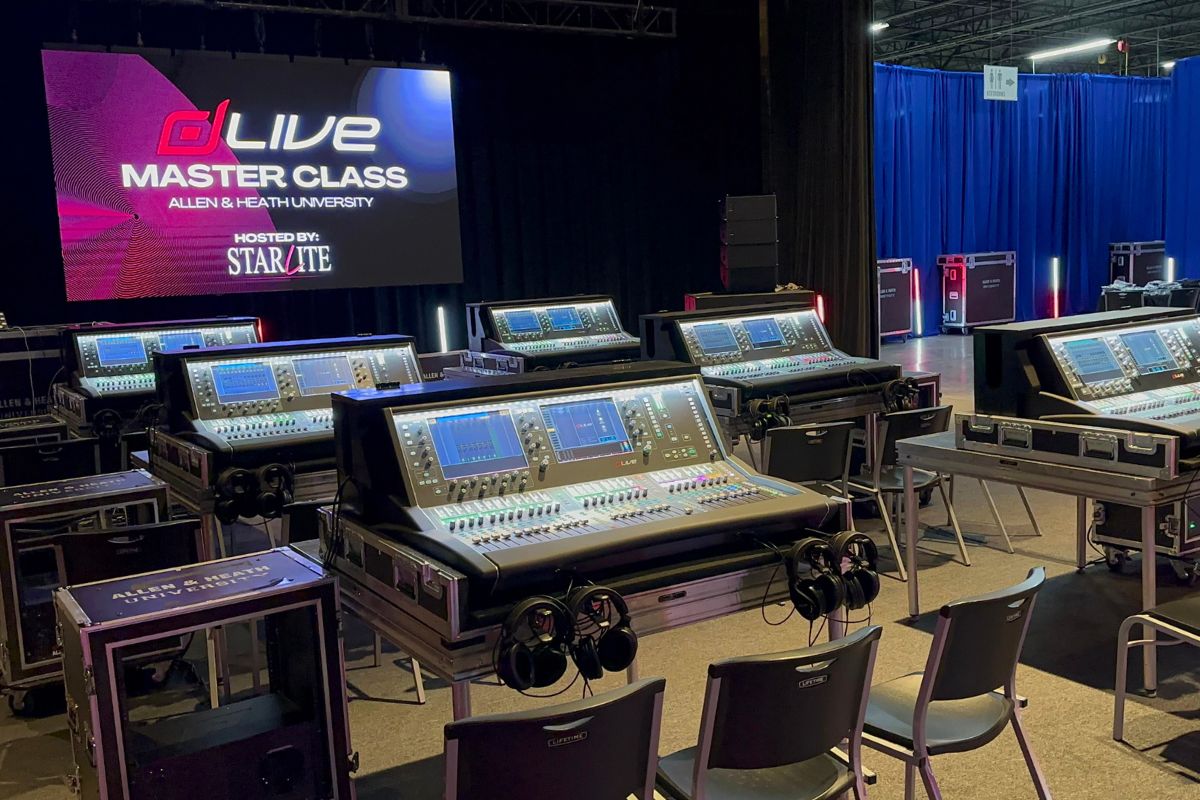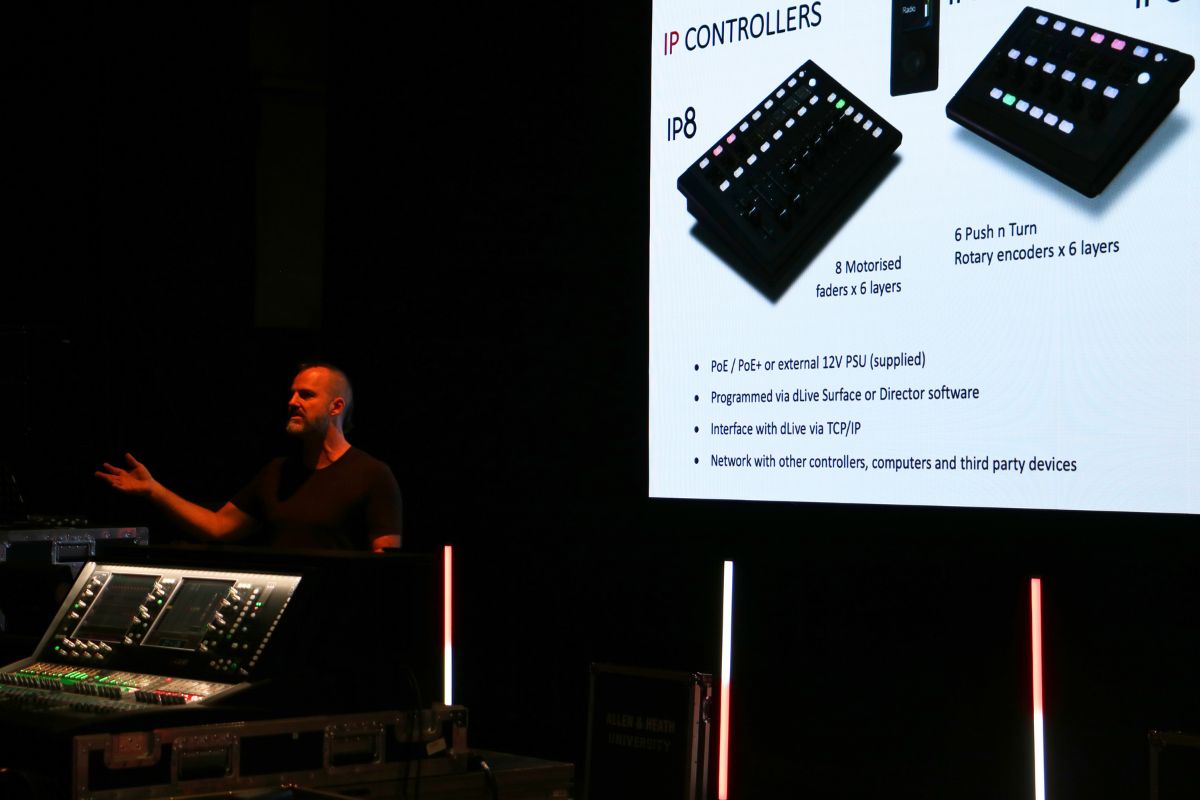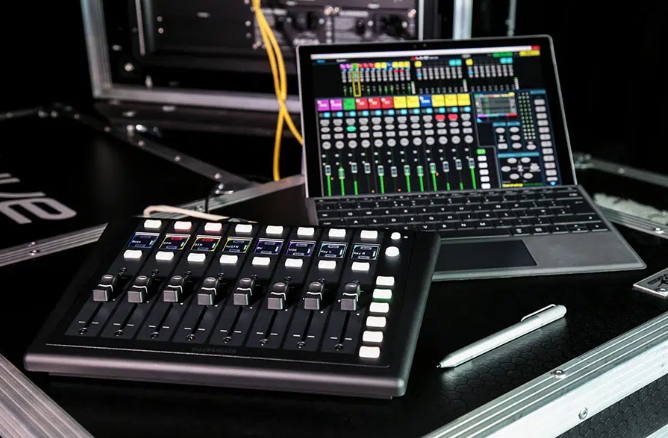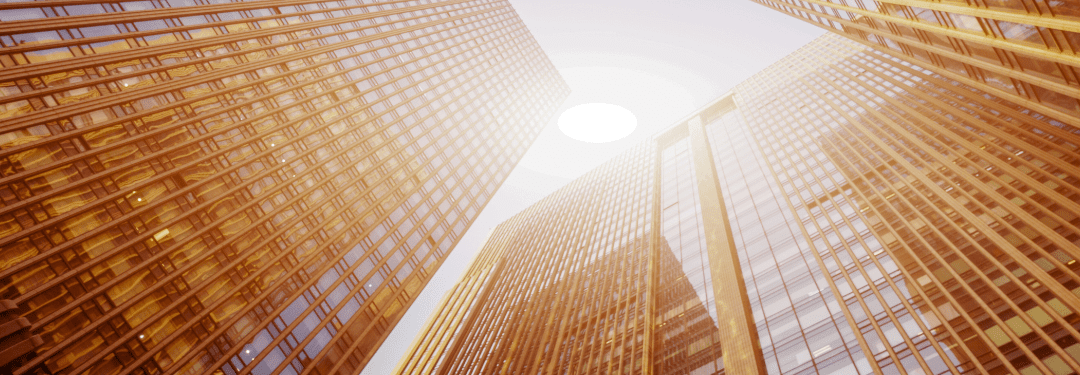How to Design Lighting for an Auditorium
Latest Trends in Auditorium Lighting
LED Technology
LED lighting is a game-changer for auditoriums, offering unparalleled control over color and intensity with significantly lower energy consumption. Replacing incandescent lighting fixtures will allow you to use significantly fewer fixtures. This combined with the energy efficiency leads to a more cost effective and dynamic lighting installation.
Advances in Lighting Control Systems
Lighting control systems have revolutionized in the past few years, architectural systems have more control than ever over more complicated systems. While lighting control consoles have surged forward to have more processing power than ever and are able to control more aspects with ease. Combining these two systems allows non-experts to get the looks that they want with ease and experts the ability create art with light.
Innovative Lighting Design Techniques
Using advanced technology such as moving light fixtures allows designers to create any look they may dream of using fewer fixtures. Using these fixtures in combination with your static lights allows for infinite design choices up until the moment the audience enters the space.
Choosing the Right Lighting Equipment
Selecting the right fixtures involves more than just choosing lights that look good. Consider the lumens (light output), color temperature, and beam angles to ensure coverage across the entire stageand audience area. We have laid out some commonly used fixture types below:
What kind of lights are used in an auditorium?
- Ellipsoidal Reflector Spotlights (ERS): These are versatile and can be used to spotlight areas or create gobo effects.
- Fresnels: Known for their soft, wide light, they are ideal for washing a scene with color.
- PARs: These are used for flooding an area with light and use different lenses to achieve different levels of coverage.
- Followspots: These are used to highlight and follow performers as they move across the stage. They are manually controlled manually from the fixture itself.
- Moving Heads: These fixtures can move to aim their light anywhere on stage. These come in wash and profile variants. Each have their unique advantages, reach out to your local dealer to learn which is best for your application.
- Strip Lights and Cyc Lights: Used to light up a cyclorama or large swaths of a set background.
Each type of light contributes to the overall design by providing different intensities, colors, and effects, allowing for a fully customizable stage environment.
What colors used for stage lighting?
The three primary colors used in stage lighting are red, green, and blue. These fundamental colors can be mixed in various ways to create a wide spectrum of hues, allowing lighting designers to achieve almost any color they desire for dramatic effects, mood setting, and thematic presentations on stage. As technology advances manufacturers are adding more colors to the LEDs to ensure the highest quality of light.
How many footcandles are required in an auditorium?
Onstage your light levels will change with the mood of the performance that is happening. In the audience not during show time you are looking for around 10-15 foot-candles. During a production when the house lights are out you should have around 0.2 foot-candles at the floor of the aisles. It’s important to tailor the lighting intensity based on the specific activities and visual requirements of each event held in the auditorium.
What is the best lighting for a theater?
The best lighting for a theater typically involves a combination of fixtures:
- LED ERS, Fresnels and PARs for front lighting and washing the stage.
- Moving lights for added flexibility and advanced features.
- Followspots to highlight actors during performances.
Integrating these types with appropriate control systems allows for precision and creativity in theatrical lighting, enabling designers to effectively tell a story or convey emotion through lighting.
Installation Considerations for Upgrading Auditorium Lighting
Steps for a Successful Installation
Pre-Planning: The first step in a successful lighting installation is a thorough pre-planning phase. This involves assessing the auditorium’s existing layout and infrastructure. Understanding the spatial dimensions, power supply locations, and current lighting setup helps in designing an efficient upgrade plan. It is often best to bring an expert in for this portion as they may notice minute details of your space that could help or hinder in the process.
Consultation with Experts: Consulting with lighting designers and engineers is crucial. These professionals bring a wealth of experience and can offer tailored advice on the best types of lighting fixtures and configurations that meet the specific needs of your auditorium.
Choosing the Right Equipment: The choice should align with the auditorium’s functional requirements and the types of performances it hosts. Allow the experts to make recommendations when it comes to the right equipment. From manufacturers to which of the many options for each type of light an expert can make sure you are covered.
To ensure the upgrade process is as smooth as possible, schedule installations during off-hours or closed seasons. This approach minimizes the impact on scheduled events. Additionally, maintaining clear and open communication with all stakeholders—such as management, technical staff, and event planners—about the timeline and potential impacts is essential.
Maximizing the Impact of New Lighting
Using advanced 3D modeling tools can aid in visualizing potential lighting setups before physical installation. This technology allows for experimenting with different angles and heights, helping to determine the optimal placement for achieving the best coverage and visual effects. Investing in programmable lighting systems can also greatly enhance the flexibility of your auditorium lighting. These systems can be adjusted for various event types, whether it’s a lecture, a play, or a concert, providing customizability and ease of use.
Ensuring a Lasting Lighting Solution
To ensure longevity and optimal performance of your new lighting systems, regular cleaning of lenses and fixtures is necessary to maintain brightness and clarity. Additionally, it’s important to check and replace any worn-out wires or connectors to prevent potential hazards and ensure functionality.
Establish a routine maintenance schedule based on the manufacturer’s recommendations and the specific usage patterns of your auditorium. Training your staff on basic upkeep and troubleshooting techniques is also beneficial, as it enables timely responses to any issues that may arise.
By carefully considering these factors and following these guidelines, you can significantly enhance the functionality and aesthetics of your auditorium’s lighting. This ensures that every event is not only well-lit but also leaves a lasting impression on its audience.
Choosing the Right Partner
Select a provider that offers comprehensive services, from consultation and design to installation and support. Experience, portfolio, and customer reviews are also important. Starlite provides customized lighting solutions with an emphasis on innovation and customer satisfaction, backed by a team of experts dedicated to delivering top-notch service and support.
With Starlite’s expertise, you can ensure your auditorium lighting needs are met with the highest standards. Reach out today to learn how our solutions can transform your audiovisual experience, ensuring it’s dynamic and future-ready.



